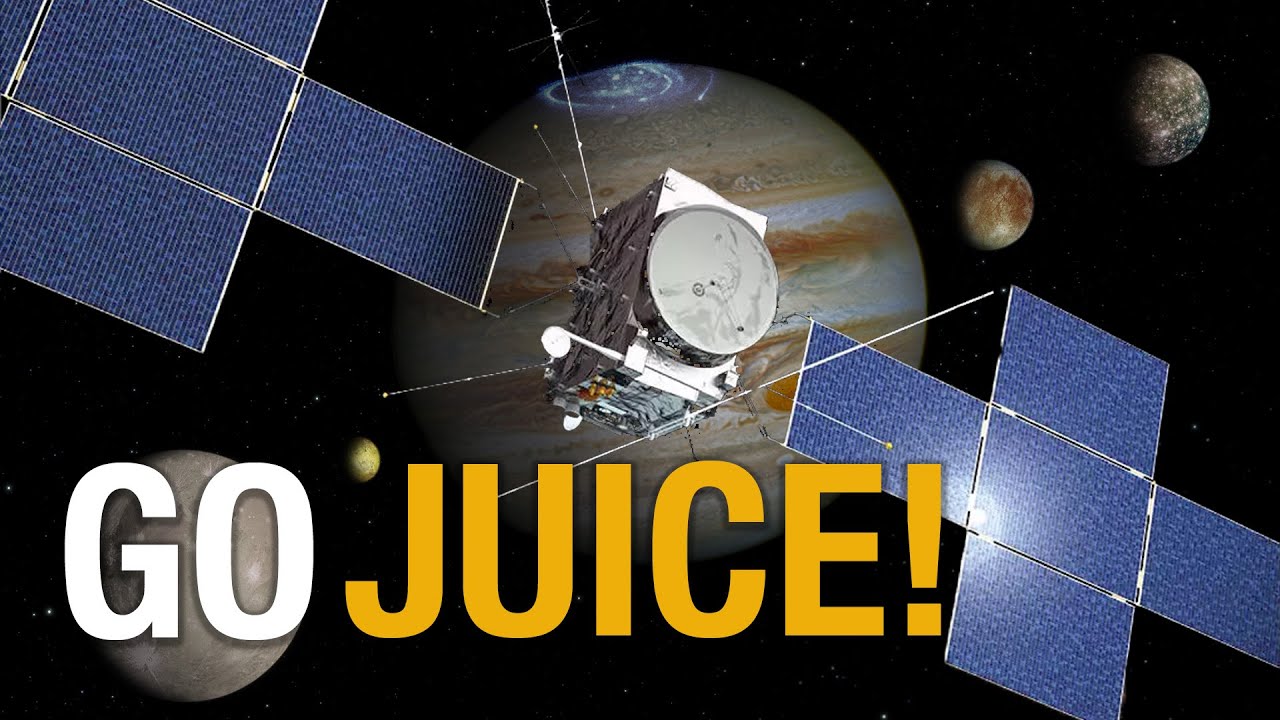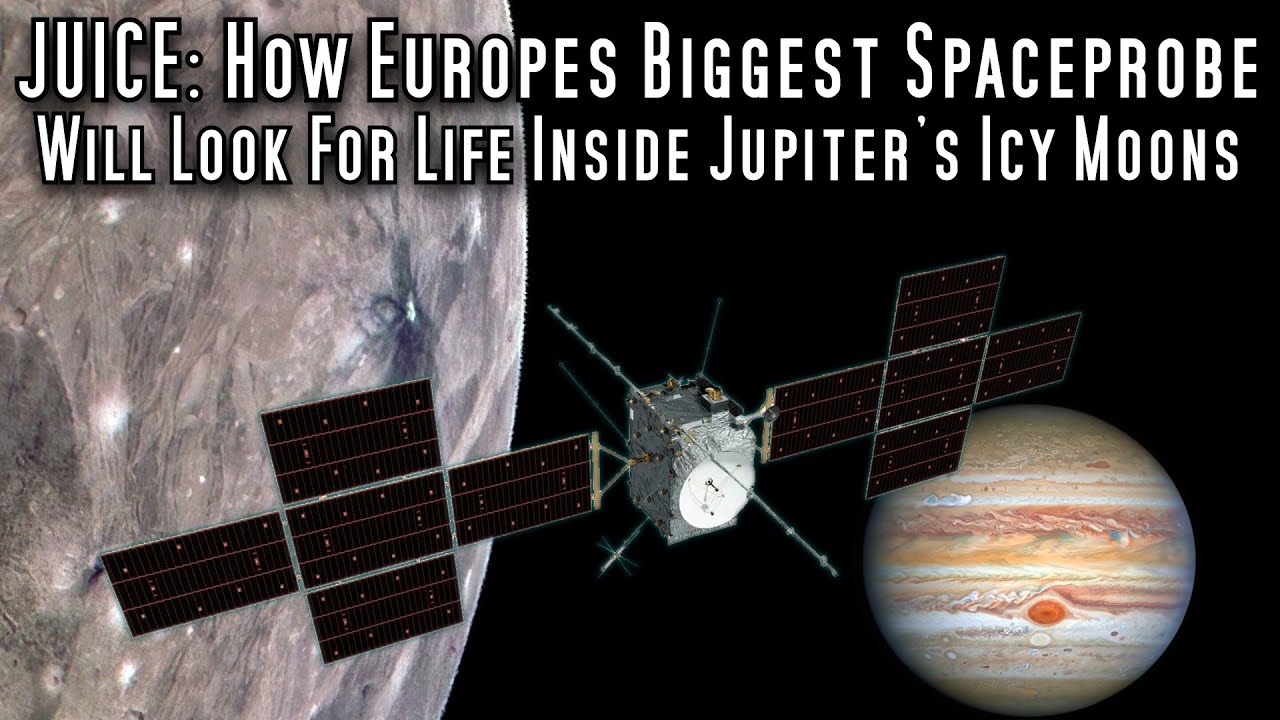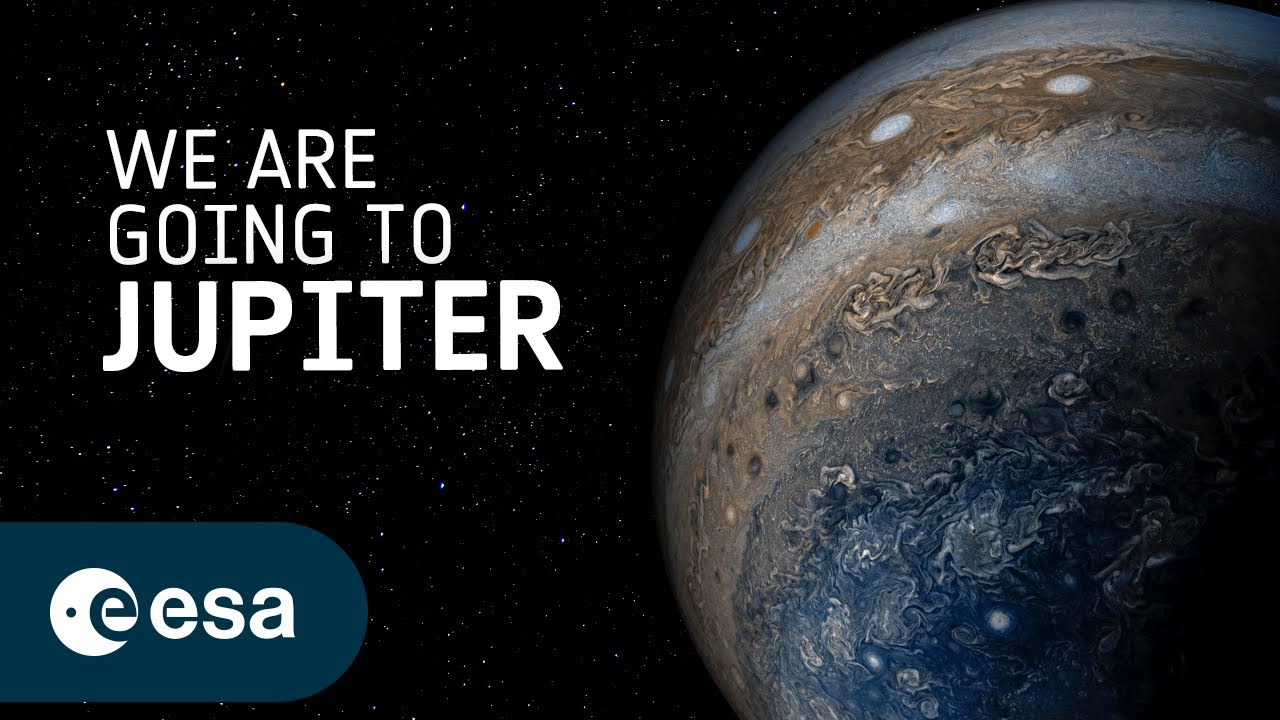
Arianespace plans to launch their first Ariane 5 mission of 2023 on 2023-04-14 at 12:14 UTC. The launch, from the European Space Centre in French Guiana, will place the European Space Agency’s 5.3 tonne Jupiter Icy Moons Explorer (JUICE) spacecraft on an Earth escape trajectory bound for Jupiter. But due to the mass of the spacecraft and the performance of its Ariane 5 launcher, not directly for Jupiter. Instead, it will wander around the inner solar system for a while, performing gravity assists with the Earth-Moon system in August 2024, Venus in August 2025, then Earth again in September 2026 and January 2029, finally arriving in the vicinity of Jupiter in 2031, where it will go into orbit and perform flybys of the icy moons Ganymede, Callisto, and Europa until December 2034, when it will enter an orbit around Ganymede, the largest moon in the solar system, 26% larger (though less massive) than the planet Mercury. JUICE will become the first spacecraft to orbit a moon of a planet other than Earth and will eventually lower itself into a 500 km circular orbit for intensive examination of the moon, which is believed to harbour a liquid water ocean below its icy crust. When its propellant is near depletion, JUICE will use the last to de-orbit and impact the surface of Ganymede.
On board JUICE are 11 science instruments developed by member countries of the European Space Agency, NASA, and the Japan Aerospace Exploration Agency (JAXA).
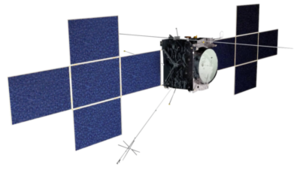
The enormous solar panels (100 square metres in area) are required for JUICE, which does not use a radioisotope thermal generator, to operate in the dim sunlight at Jupiter, where they will produce only 820 watts of power.
Here is a pre-flight preview from Everyday Astronaut.
Here is a one hour interview with Juice project scientist Olivier Witasse.
2 Likes
Live coverage of the launch has begun at 30 minutes before launch.
Here is Scott Manley’s preview of the JUICE mission.
2 Likes
The launch attempt for today, 2023-04-13, has been scrubbed due to risk of lightning at the launch site. Weather permitting, the next launch attempt is expected to be tomorrow at around the same time. I will update the main post when a new launch time is confirmed.
2 Likes
Launch has been rescheduled for 2023-04-14 at 12:14 UTC. The launch time has been moved up one minute due the need for Ariane 5’s upper stage, whose engine cannot restart in space, to inject JUICE directly on an escape trajectory. This trajectory, which must pass close to Earth for its first gravity assist, changes slightly from day to day due to Earth’s orbital motion.
3 Likes
During the countdown for the launch of JUICE, Gerard the sloth photo-bombed the live feed from the launch site Kourou, French Guiana.
Remember the Ariane 5 rocket that successfully lifted off from French Guiana on Friday morning, carrying the JUICE (Jupiter Ice Moons Explorer) spacecraft? As exciting as the launch was for space fans, a random sloth stole plenty of hearts when it photo-bombed the live-streamed feed on ESA Web TV. The plucky sloth—nicknamed Gerard, or Jerry, by viewers—stared calmly into a European Space Agency (ESA) camera with the rocket poised for launch just behind it.
As far as anyone knows, nothing bad happened to Jerry and he’s alive and well and looking forward to watching the next rocket launch.
Remember “Space Toad”? Back in 2013, as NASA’s unmanned LADEE rocket launched, one of three still cameras set up around the launch area captured a small frog mid-leap in the air against a fiery plume in the background.
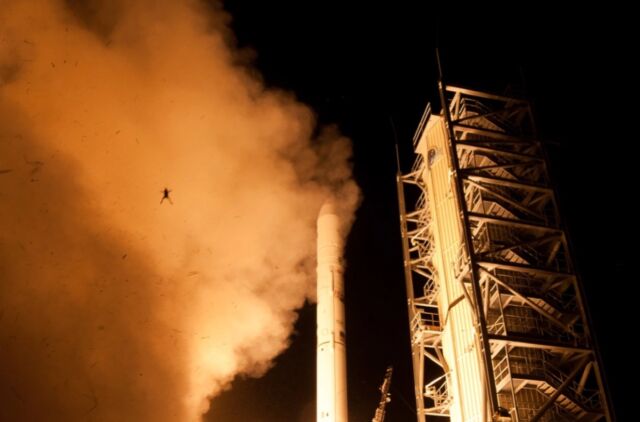
Then there was “Space Bat” in 2009: a bat that latched onto the external fuel tank of Space Shuttle Discovery just before the launch of the STS-119 mission at the Kennedy Space Center.
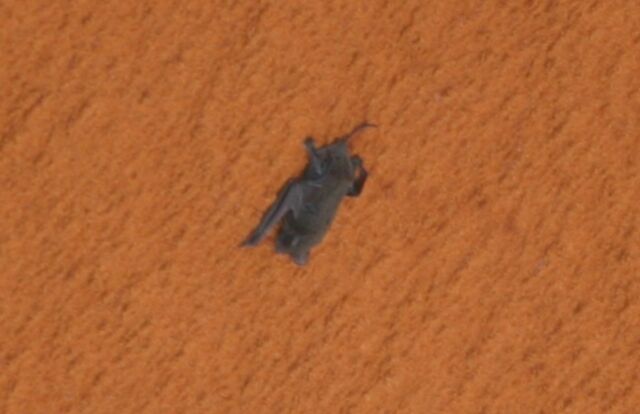
3 Likes
This is tremendous piece of good news. The Radar for Icy Moons Exploration (RIME) instrument on JUICE is the only science payload intended to image through the ice covering the Jovian moons to allow exploring its structure and the liquid ocean believed to be below. The radar operates at a frequency of 9 MHz using a 16 metre long antenna. After launch, the antenna only partially deployed, remaining half stuck in its launch support bracket. This brought back memories of the Galileo mission to Jupiter, whose high gain antenna failed to deploy, causing loss of substantial science data intended to be transmitted to Earth.
After a series of “shocks to the system”, the RIME antenna fully deployed on 2023-05-12, completing commissioning of all of the science payloads on JUICE.
More than three weeks after efforts began to deploy Juice’s ice-penetrating Radar for Icy Moons Exploration (RIME) antenna, the 16-metre-long boom has finally escaped its mounting bracket.
During the first attempt to extend the folded-up antenna, only the first segments of each half were deployed. Flight controllers suspected that a tiny stuck pin jammed the other segments in place.
Fortunately, the flight control teams at ESA’s mission control centre in Darmstadt had lots of ideas up their sleeves.
To try to shift the pin, they shook Juice using its thrusters, then they warmed Juice with sunlight. Every day the RIME antenna was showing signs of movement, but no full release.
On 12 May RIME was finally jolted into life when the flight control team fired a mechanical device called a ‘non-explosive actuator’ (NEA), located in the jammed bracket. This delivered a shock that moved the pin by a matter of millimetres and allowed the antenna to unfold.
4 Likes


